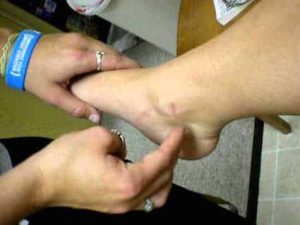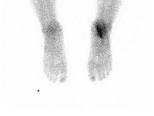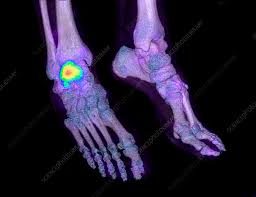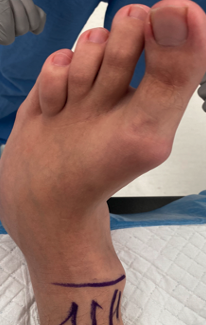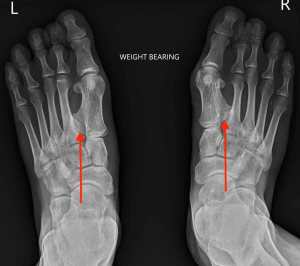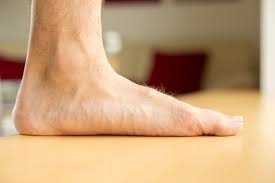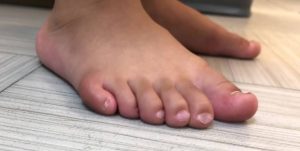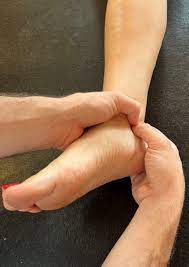
Valleix’s sign is another diagnostic test that can be used to assess nerve function in the peripheral nervous system. It involves applying pressure or pinching along the course of a nerve to identify areas of tenderness or pain.
In the case of tarsal tunnel syndrome, the Valleix sign can be used to identify areas of nerve irritation or damage along the course of the posterior tibial nerve. The healthcare provider will apply pressure or pinch along the nerve pathway, starting at the ankle and moving up the leg, while asking the patient if they feel any pain or discomfort.
If the patient experiences pain or tenderness along the course of the posterior tibial nerve, this can be an indication of nerve irritation or damage. However, like Tinel’s sign, the Valleix sign is not always definitive, and additional diagnostic tests may be needed to confirm the diagnosis.
In general, a combination of diagnostic tests and a thorough medical history and physical exam are used to diagnose tarsal tunnel syndrome. Treatment may involve rest, ice, physical therapy, and other conservative measures, and in some cases, surgery may be necessary to relieve pressure on the affected nerve.

